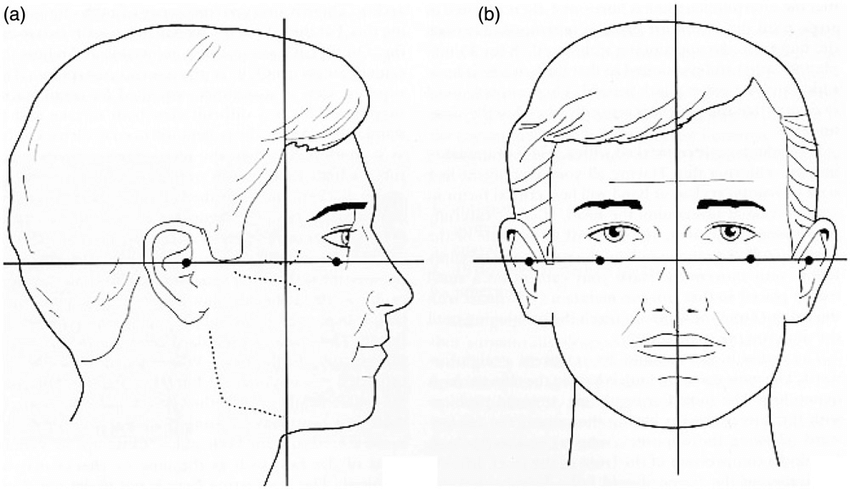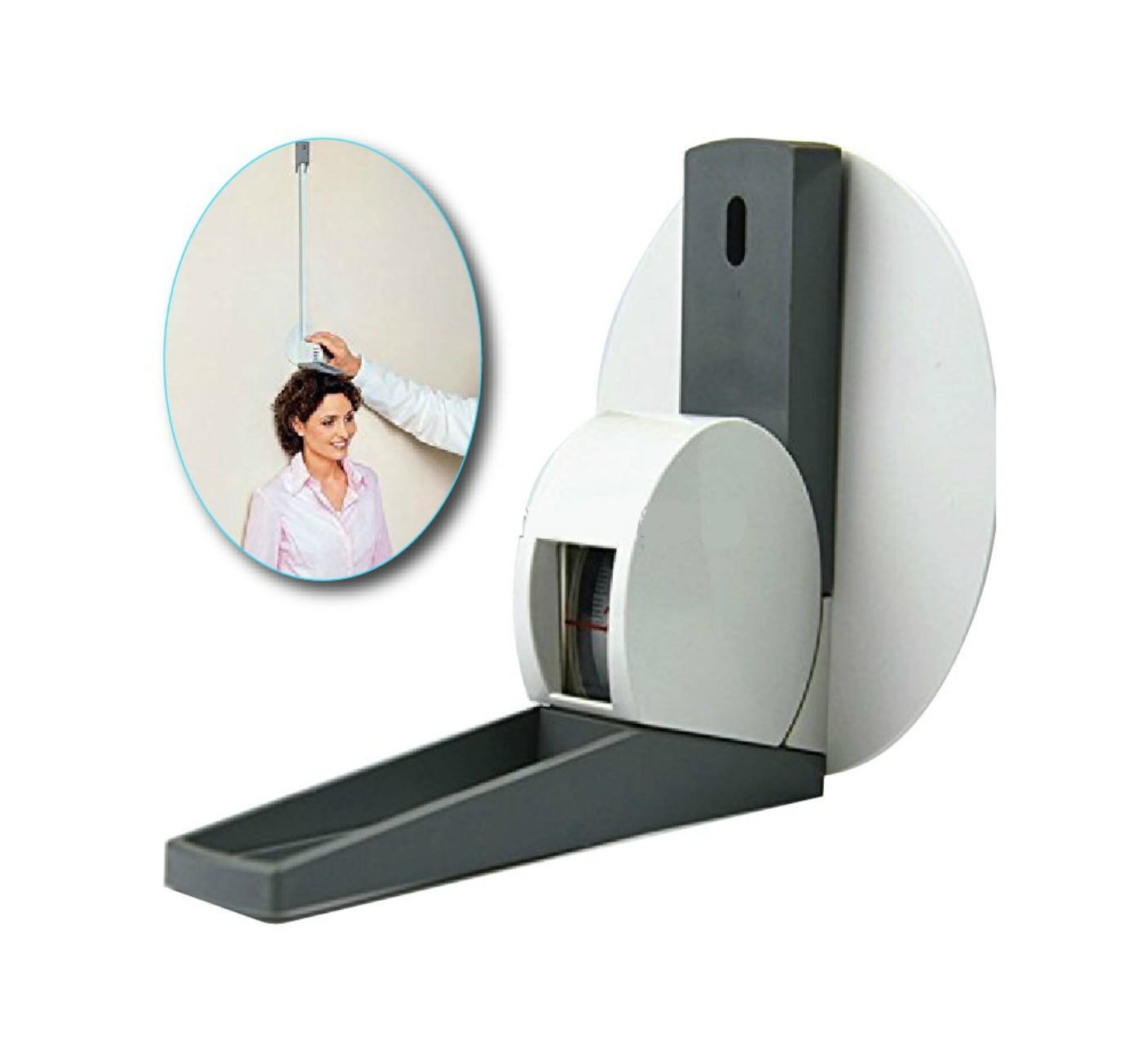



1. Flat, Flexible Blade
- Durability:
A flat, flexible steel blade is essential for maintaining shape and accuracy over time. Unlike fabric tapes, steel blades won't stretch or deform, ensuring consistent measurements.
However, in clinical settings, it’s also common to use blades made of polyfiber. Polyfiber blades offer flexibility and a soft touch, making them gentle on the skin while still providing accurate measurements.
- Accuracy:
Whether steel or polyfiber, the blade should ensure straight, precise measurements without bending or sagging. This accuracy is critical for reliable anthropometric assessments.
- Length:
Depending on your specific needs, tape measures come in various lengths, typically ranging from 1.5 meters to 2 meters or more. Ensure the length is sufficient for the types of measurements you need to take.
2. Attractive and Durable Case
- Material:
The case of the tape measure should be made from a durable material that can withstand regular use. While chrome is often used for its resistance to rust and corrosion, other robust materials may also be employed to ensure longevity and protect the tape from damage.
- Design:
A well-designed case not only protects the tape but also makes it easier to handle during measurements. It should offer a firm grip and smooth operation, enhancing the overall ease of use and ensuring the tape measure remains functional and visually appealing over time.
3. Spring Tension
- Retracting Mechanism:
A strong spring tension mechanism is vital for the tape's functionality. It allows the blade to retract smoothly and quickly back into the case after use. This feature not only speeds up the measurement process but also protects the blade from wear and tear.
- Ease of Use:
The retraction system should be reliable, allowing for quick and effortless storage of the tape. A smooth retraction ensures that the tape won't jam or get stuck, making it easier to handle during frequent use.
4. Meets ISAK Requirements
- Space Before Zero:
To comply with ISAK (International Society for the Advancement of Kinanthropometry) standards, an anthropometric tape measure should include a small space before the zero mark. This space not only prevents the wear and tear that can affect accuracy but also provides a convenient area to place your fingers, improving grip and allowing for more precise and stable measurements.
- Standardized Measurements:
A tape measure that meets ISAK requirements ensures adherence to the precision and reliability standards necessary for professional anthropometric assessments. This is essential for maintaining consistency across different measurements and clients.








